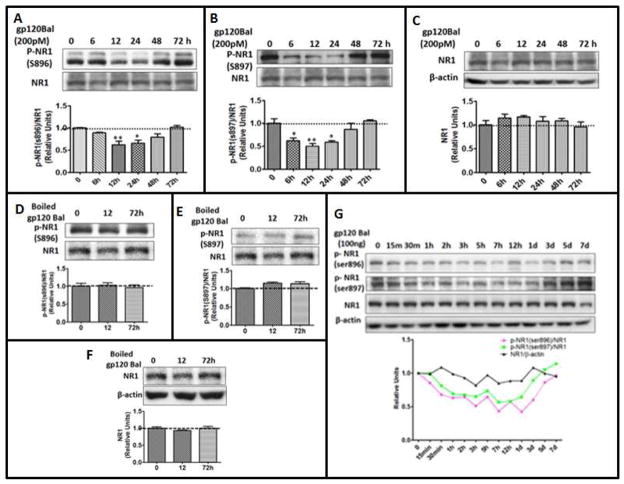Fig. 1. gp120Bal treatment caused time-dependent decrease of phosphorylated NR1 both in vitro and in vivo.
A–C, time course of gp120Bal-induced down-regulation of phosphorylated NR1. Cortical cultures (14 DIV) were incubated with 200pM gp120Bal for the indicated times. Cell lysates were analyzed by immunoblotting using antibodies against pNR1 (at Ser896) (A), pNR1 (Ser897) (B) and total NR1 (C). D–E, heat-inactivated gp120Bal did not decrease the level of pNR1. Protein levels of pSer896 NR1 (D), pSer897 NR1 (E) and total NR1 (F) were detected by immunoblotting in cortical cultures (14DIV) after treated with heat-inactivated gp120Bal. (G) Gp120Bal decreased phosphorylated NR1 in the spinal cord. Mice were i.t. injected with 100ng gp120Bal for the indicated times and followed by immunoblotting of the total NR1 and phosphorylated NR1 in the L4–L6 spinal cord, p-NR1(ser896)/NR1 vs. NR1/β-actin, p<0.001, p-NR1(ser897)/NR1 vs NR1/β-actin, p<0.01. Quantitative graphs are shown as mean ± SEM (*P<0.05; **P<0.01; ***P<0.001 vs. time 0, n≥ 3).

